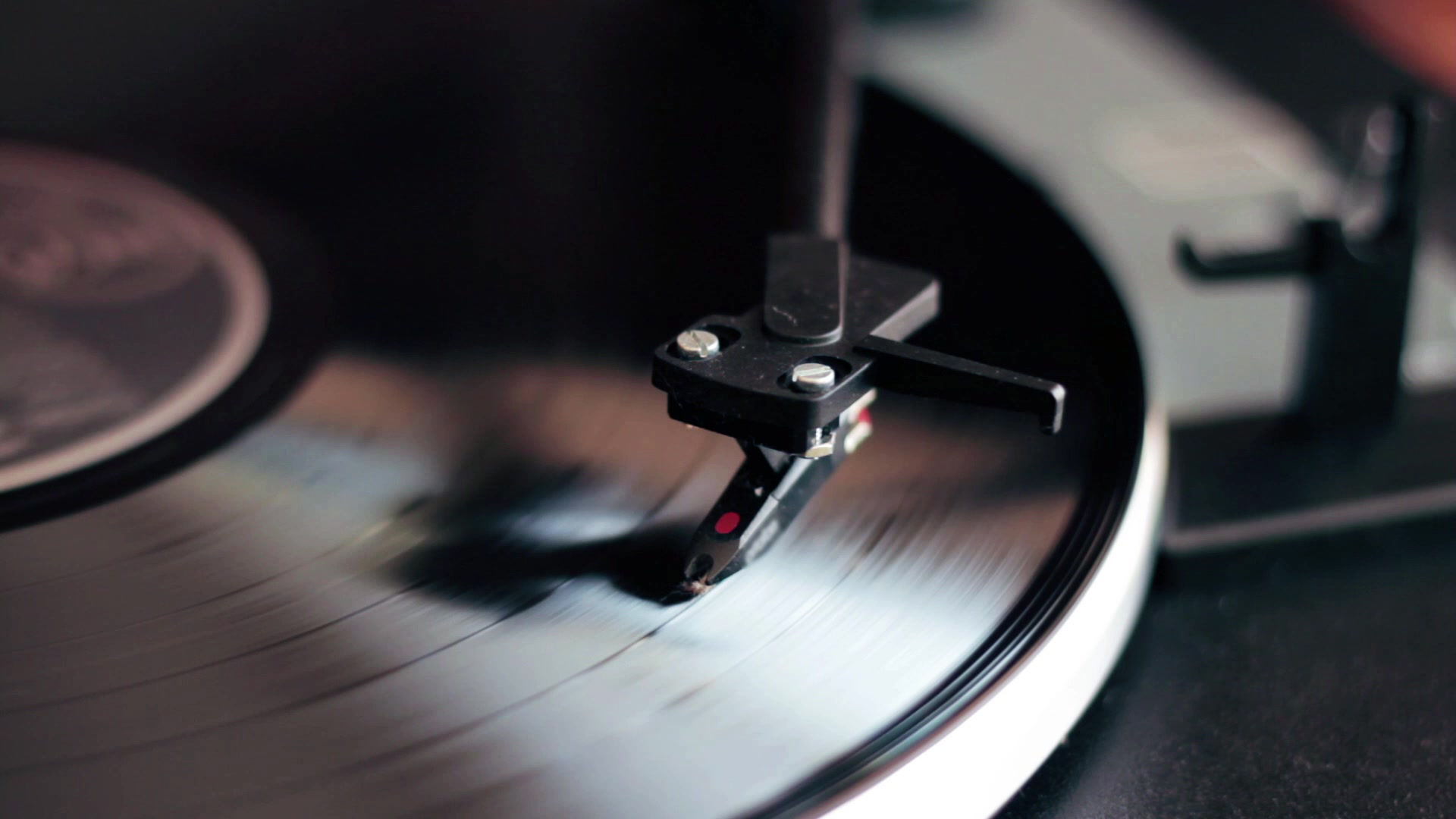Sachiko Kanenobu
- Gerald Van Waes
- Jun 25, 2016
- 4 min read

? Kanenobu Sachiko : Misora (The Sky) (JAP,1972)***°'
Tr.1, 5 min 5 -81
(Tr.3, 4 min, Tr.5, 3 min, Tr.10, 9 min)
Source : "A classical masterpiece by a Japanese female singer & songwriter. The debut album with total participation of Haruomi Hosono (bass, piano, guitar, arrangement and so on). Songs with acoustic guitar accompaniment. Simple and refreshing sound. Folkie and melodic style like Joni Mitchell." ;http://www.jai2.com/ : "The first woman rock'n'roll singer/songwriter of her generation in Japan, Sachiko Kanenobu was hailed as Japan's Joni Mitchell when she made her debut in the late sixties. But in 1972, just before the release of her first LP Mi So Ra, Sachiko walked away from her career and emigrated to the United States with her husband, rock critic and Crawdaddy magazine founder Paul Williams." She started to sing in English in US. http://www.farsidemusic.com/ : "Her first album 'Misora' is today cited as a major influence by a new generation of Japanese musicians. Japanese groups Grapevine and Freebo both recently covered songs from the album, while 'Shibuya-kei' artists, Sunny Day Service, Kenji Ozawa and Kazuyoshi Nakamura all tout her as a source of inspiration. 'Misora' was released during the Japanese 'folk boom' and featured seminal figures Happy End and Haruomi Hosono. Kanenobu was labeled the 'Japanese Joni Mitchell'. However, before the album was even released, she took off to America, not to return to the Japanese music scene until now."
Like the early days from Turid from Sweden can be compared to Joni Mitchell, I think Kanebo Sachiko can be compared simularly, with sensitive honest singing. Recommended.
This release has been reissued now. Review below:
Chapter Music/URC/Shinko Music Sachiko Kanenobu : Misora (JAP,1972)****'
Just a few weeks after my website on Japanese Acid Folk heartily recommending the first re-release, Australian label Chapter music decided to release a copy for the Western market. A few rare photographs, translated lyrics and extensive liner notes about the first independent label, URC, and how she had rolled in the folk boom scene, must overcome already some barriers. The music shouldn’t leave any problems, because it has innocence and sweetness combined with a for Western listener recognisable singer-songwriter folk style.
It was since Hiroshima and Nagasaki’s tragedies, how the pride spirit of Japan broke, and the heart was spread over the continent, which now was forced to change in perspective ; the population adapted freely an American influence as an extra fundament to form the New Japanese entity, this time as an island with a face to and for the world, and above all a vision to what is the latest development everywhere, to all that can be learned, adapted and become part of the new visualization of what can become New Japan. While the first steps were imitating American popular music, they quickly found out how also this could become typical new Japanese.
Sachiko is a singer who clearly was influenced by Joni Mitchell, especially in some vocal variations, and here and there even in certain guitar parts, in a very honest, spontaneous and inspired way. Because of circumstances she was the first female singer who was going to release an album on the suddenly new boom of folk popularity launched by the first Japanese independent label, URC. Music critic Paul Williams, who had gained reputation with his magazine Crawdaddy, just had written “Outlaw Blues” that was going to be translated in Japanese. To launch this he went to Japan and there he met Sachiko. This led quickly to a romance. And although Sachiko could not speak English, and was at a start of a career, she decided to move to New York for a completely new life. Two years later they went back to Japan and wished for the tapes, but the record company who was pissed because she left just moments before the release of her album, leaving them no ideas how to promote this, they said they couldn’t find it. Disappointed with the music business she left music for what it was for many years and concentrated mostly on her children. After turning back to music, first in a rock vein in the ‘80s, it took until the nineties before the album was rediscovered after being acclaimed as the highest influence by popstar Kanji Ozawa but also Takako Minekawa. This lead to the first reissue, the recording of two new albums, and an album with outtakes, in the nineties. After having found a new partner, a Pakistani singer, her style recently changed into All-World music directions.

Toshiba-EMI Kanenobu SachikoToki Ni Makasete / rare tracks (JAP,1972)*°°
The first hanclapped track on this live album she more sounds a bit like a cross between Joan Boaz and Buffy Saint-Marie. On other tracks she's accompanied softly by a band and she altough she sounds somewhat comparable to her first album, most of the songs aren't better versions or more unique.
She seems also to have made a more recent album with world music styles mixed into it.
























Comments